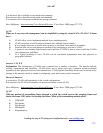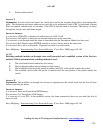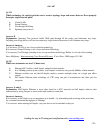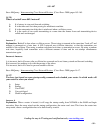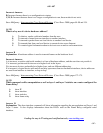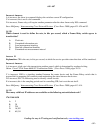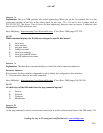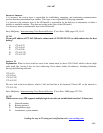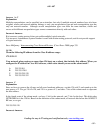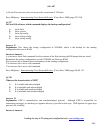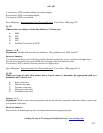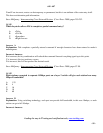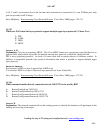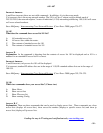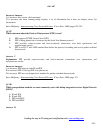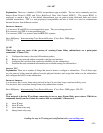
640 - 607
Leading the way in IT testing and certification tools, www.testking.com
- 85 -
Answer: A, C
Explanation:
Multiple encapsulations can be specified on an interface, but only if multiple network numbers have also been
assigned, where each network number belongs to only one encapsulation type and each encapsulation type has
only one network number. Although several encapsulation types can share the same interface, clients and
servers with different encapsulation types cannot communicate directly with each other.
Incorrect Answers:
B is incorrect; routing protocol does not enable multiple logical networks.
D is incorrect; Autonomous System Number is used with certain routing protocols, and do not provide support
of logical networks.
Steve McQuerry. Interconnecting Cisco Network Devices. (Cisco Press: 2000) page 335.
Q. 136
Given the following IP address from the Class B address range:
172.35.21.12
Your network plan requires no more than 126 hosts on a subnet that includes this address. When you
configure the IP address in Cisco IOS software, which value should you use as the subnet mask?
A. 255.255.0.0
B. 255.255.128.0
C. 255.255.255.128
D. 255.255.255.252
Answer: C
Explanation:
Since we have to reserve the all ones and all zeros broadcast addresses, we take 126, add 2, and round up to the
next power of 2. We get 126+2=128, and 128 is a power of 2, and takes 7 bits of the subnet mask to represent
the host address.
In the fourth octet of the subnet mask, we have 1 bit for the network, and 7 bits for the host. This high order
NETWORK bit is the 128 bit. Based on the definition of the subnet mask, all network bits before this bit MUST
BE one, so we get:
255.255.255.128
Incorrect Answers:



